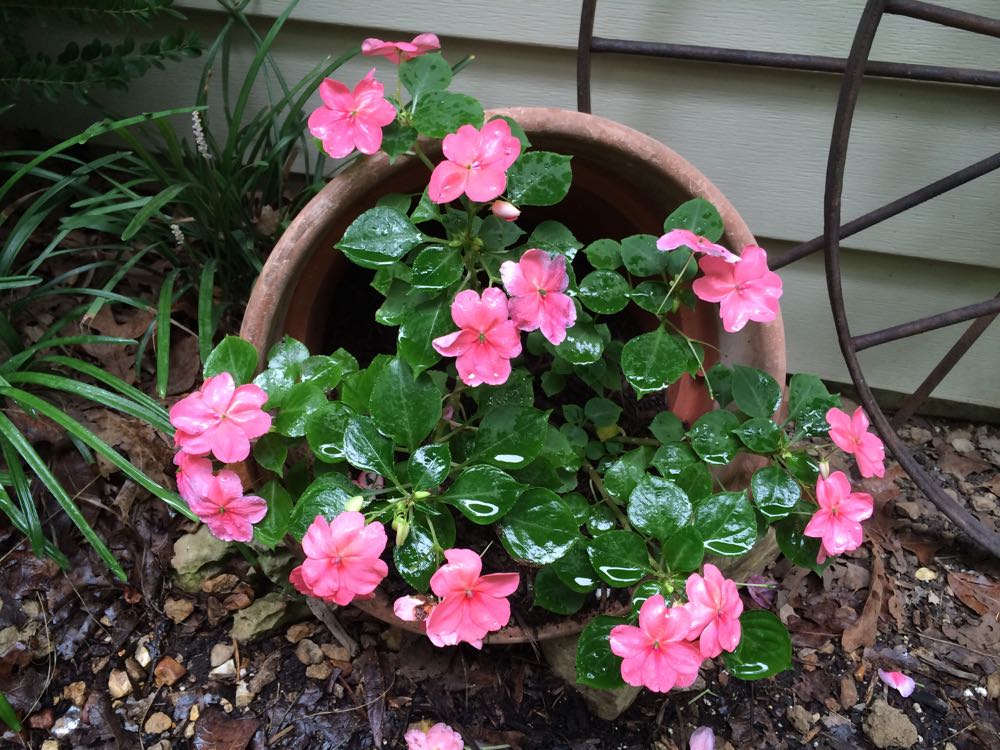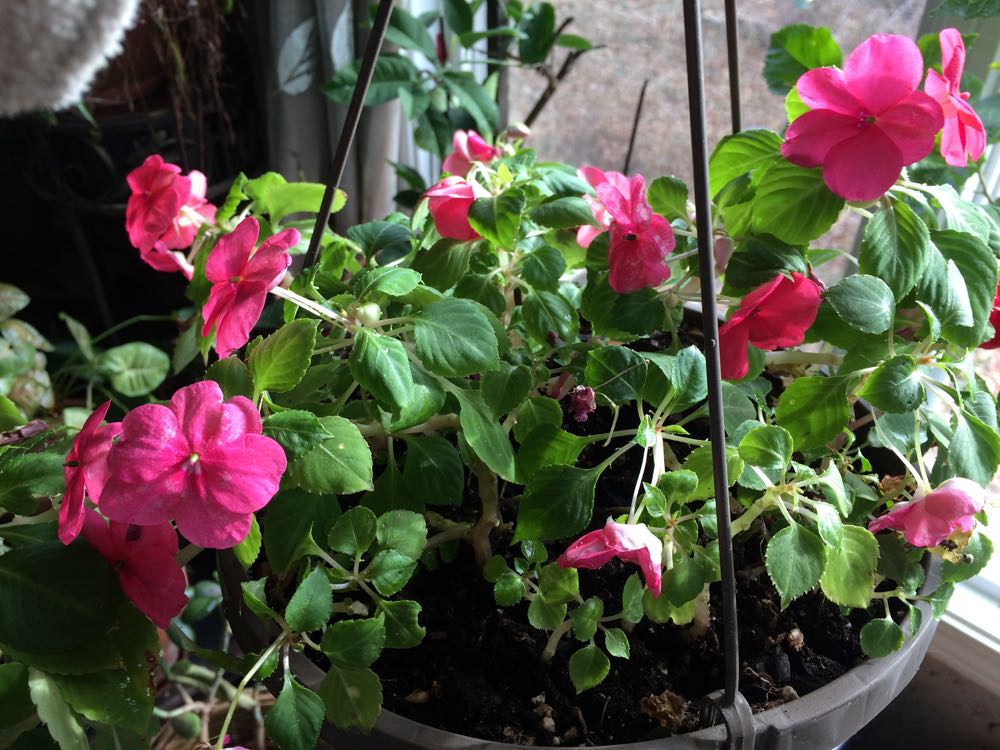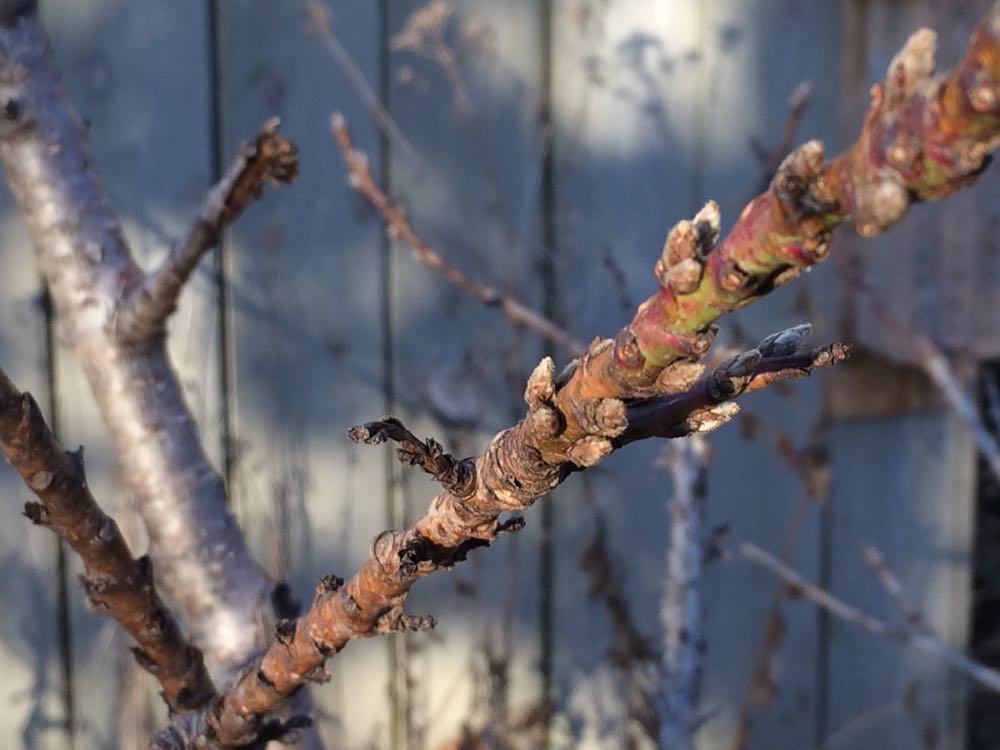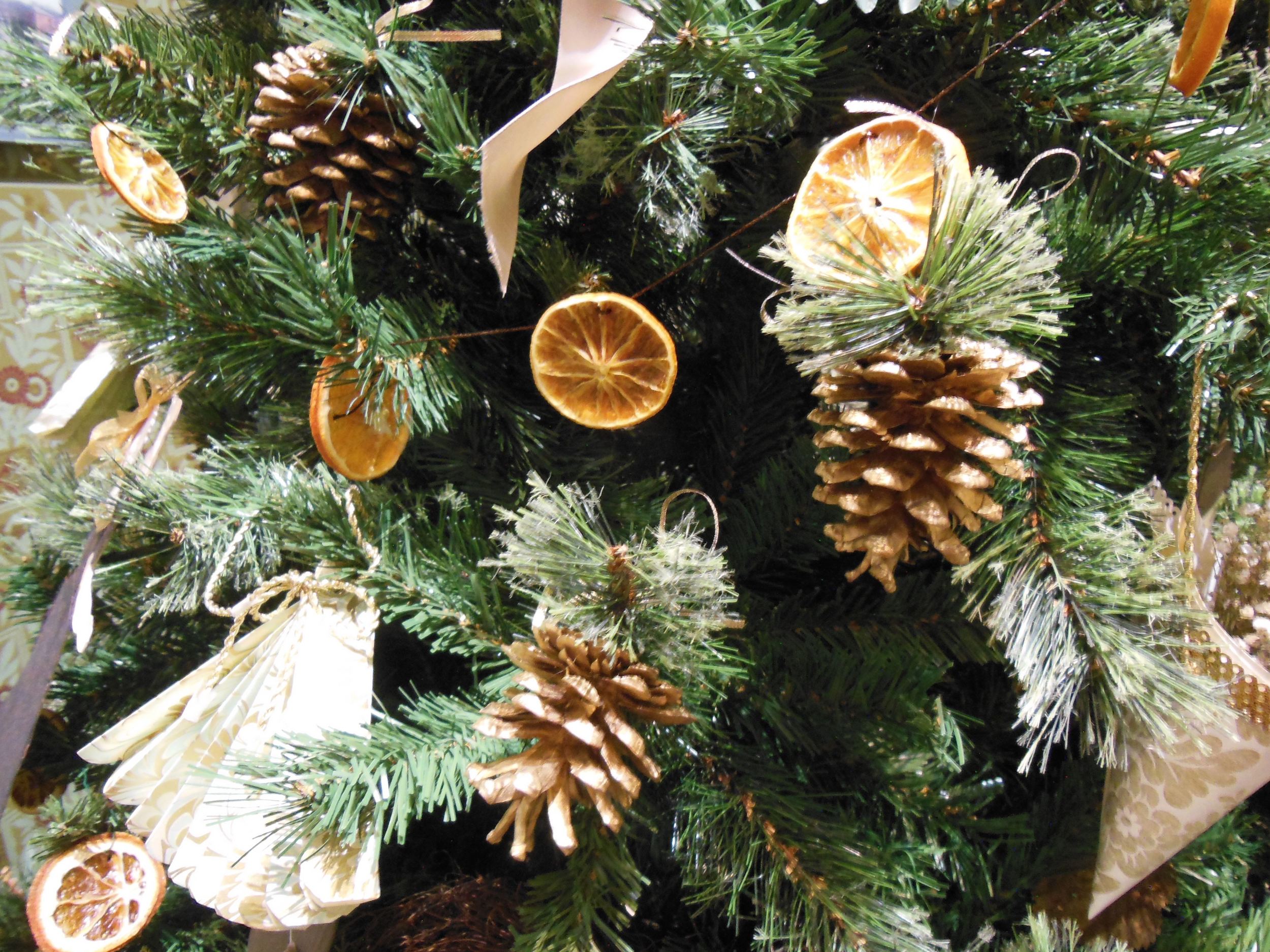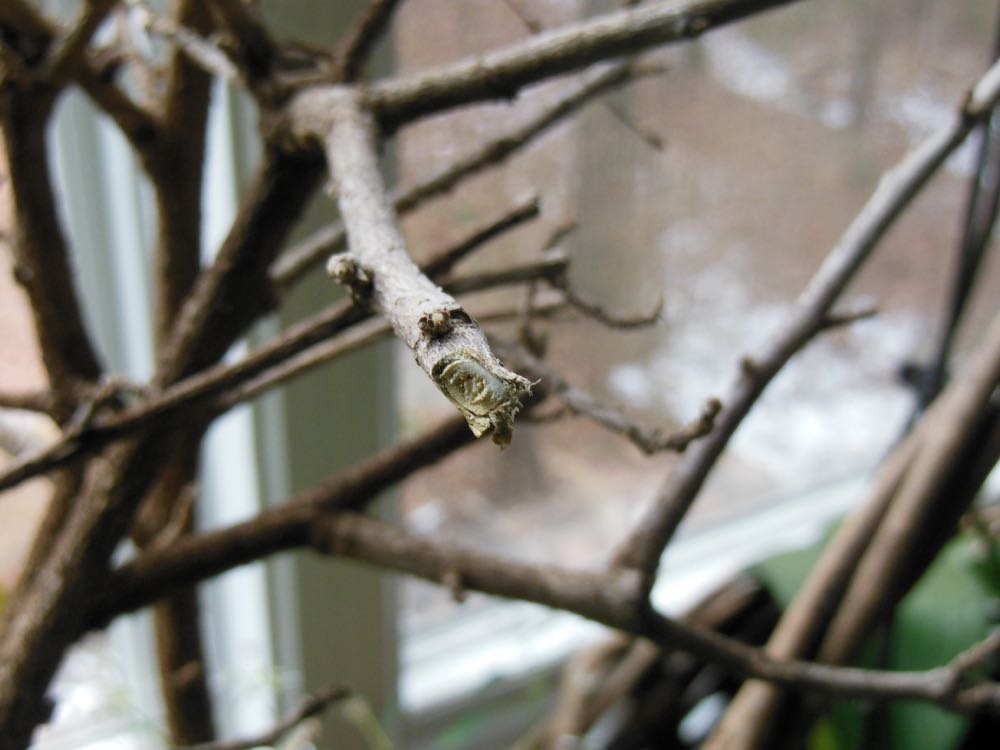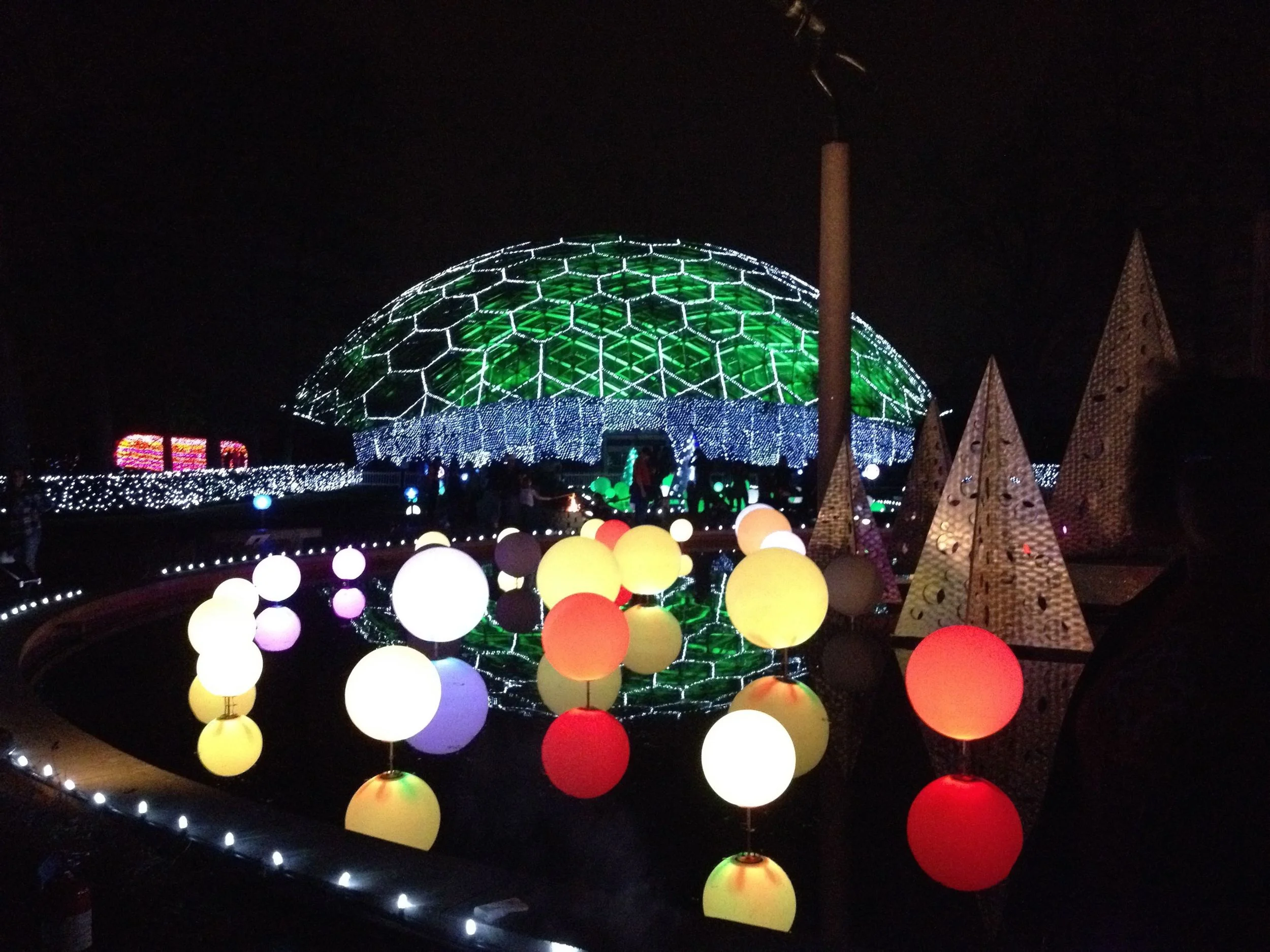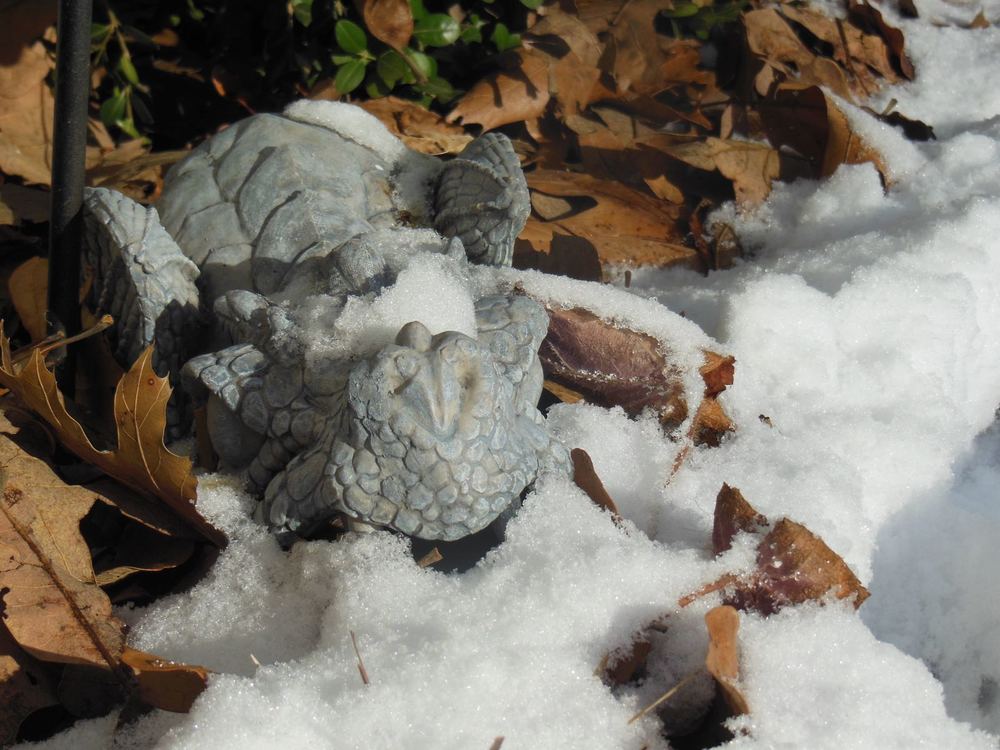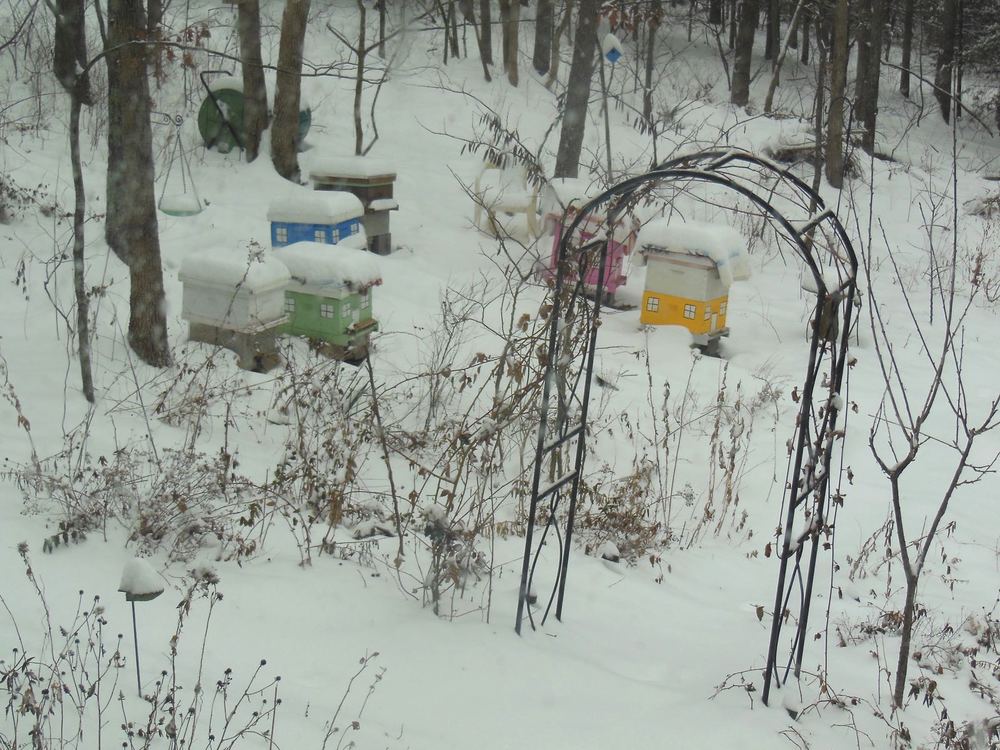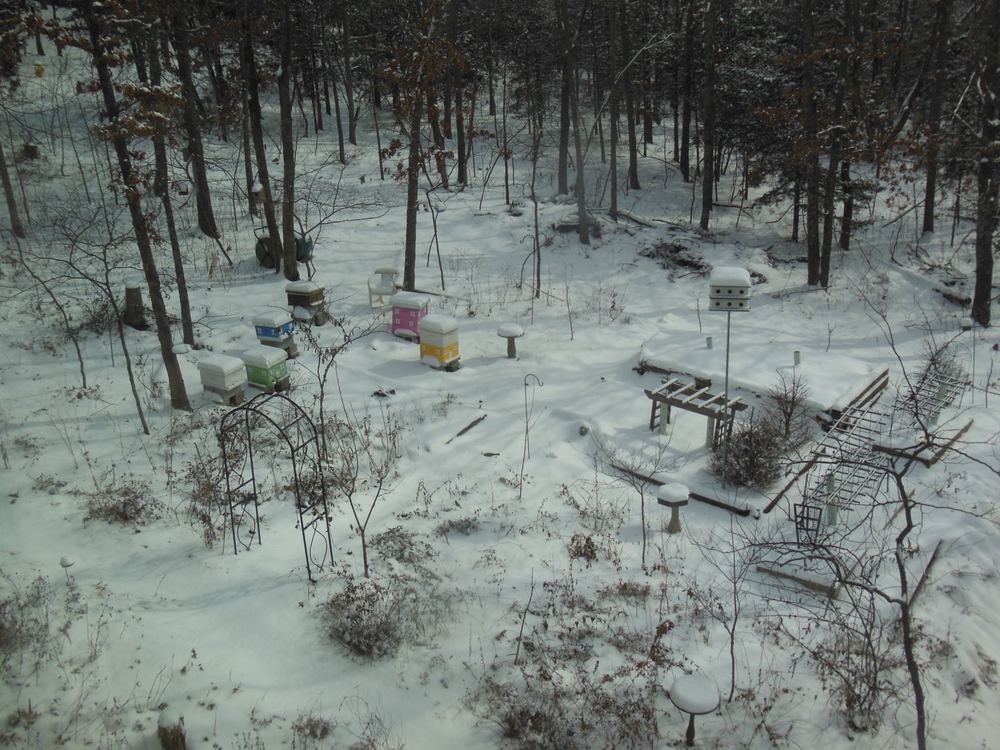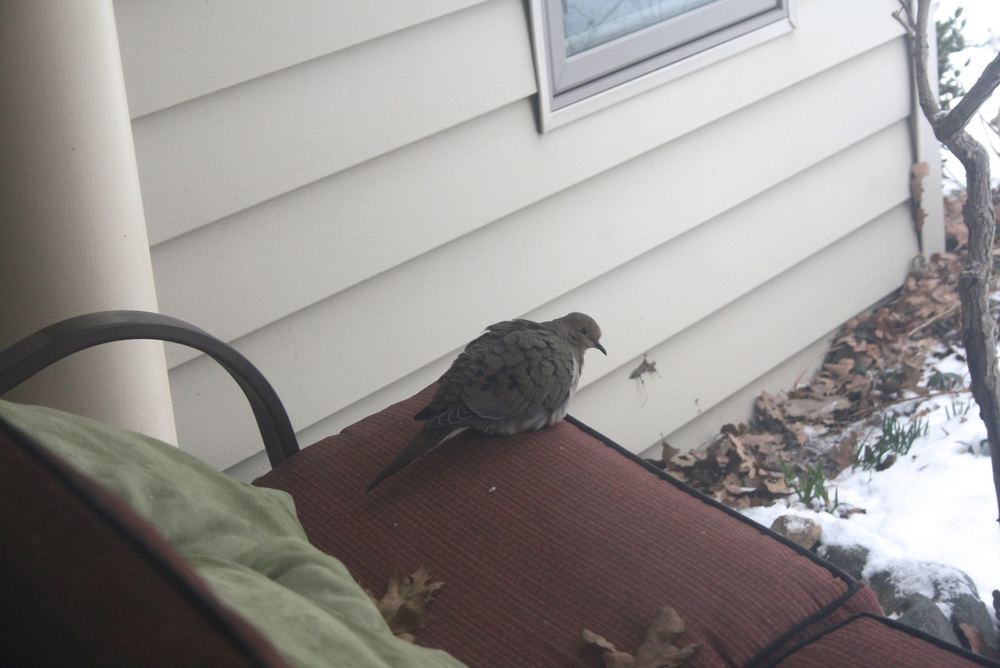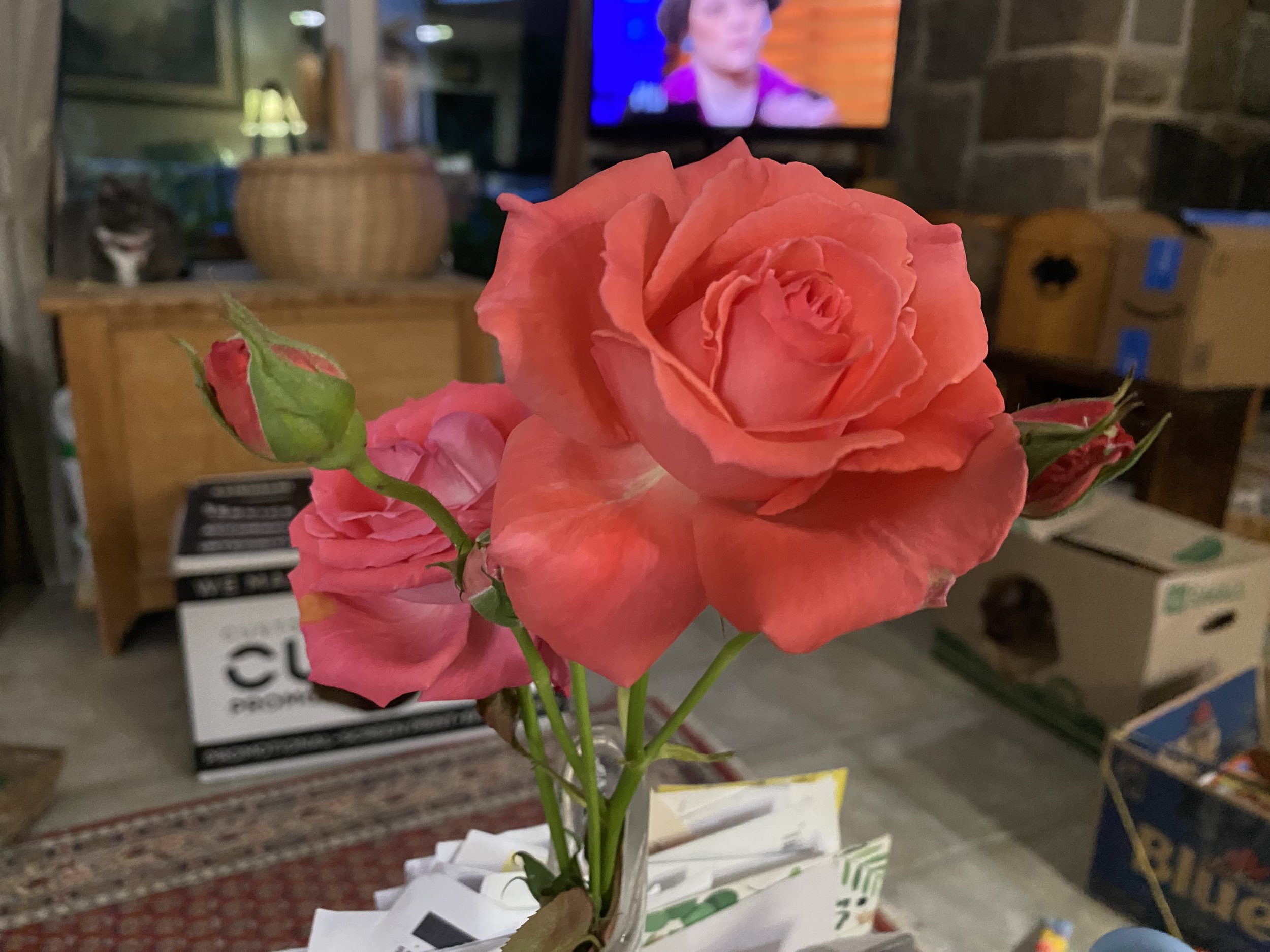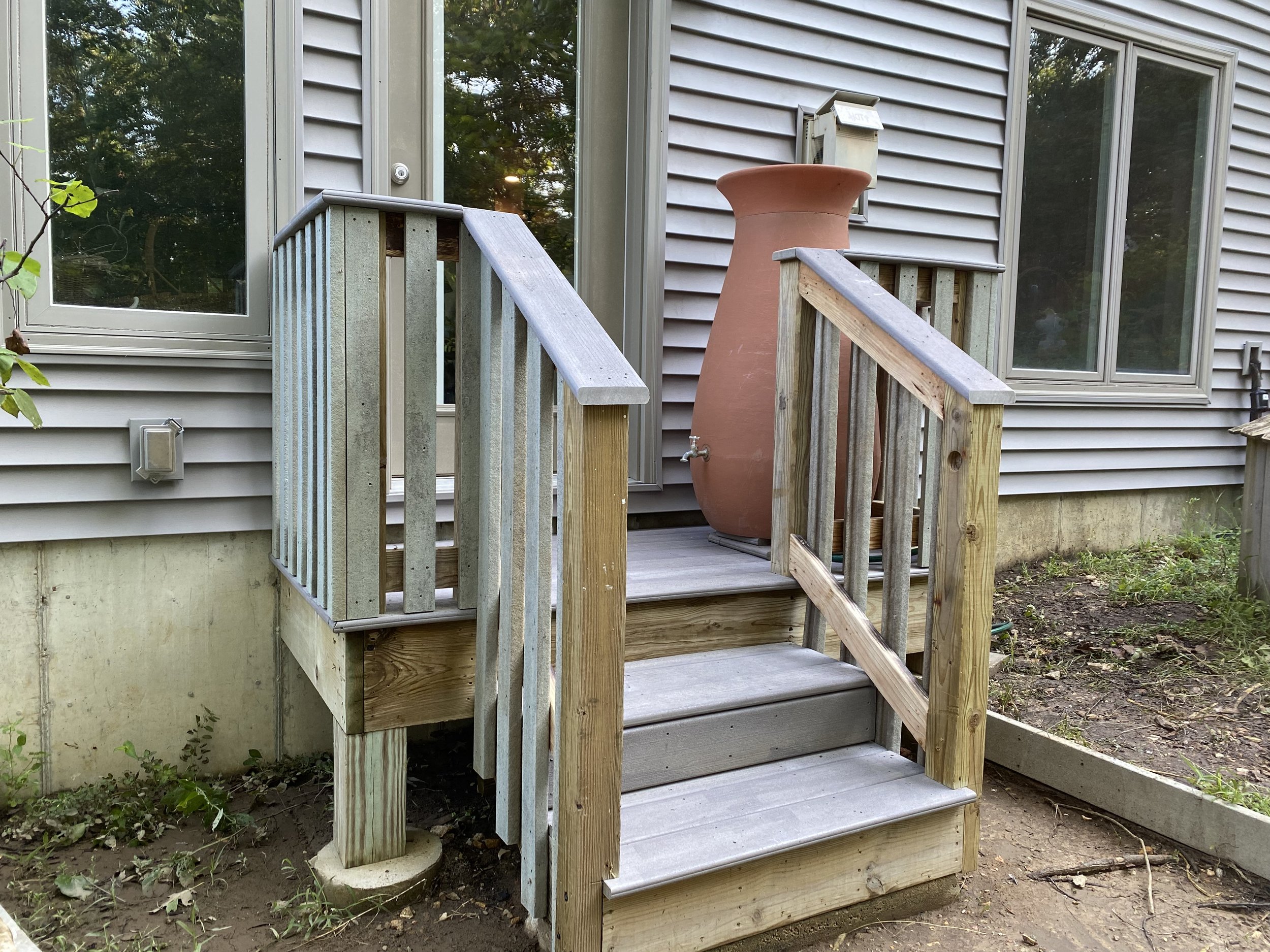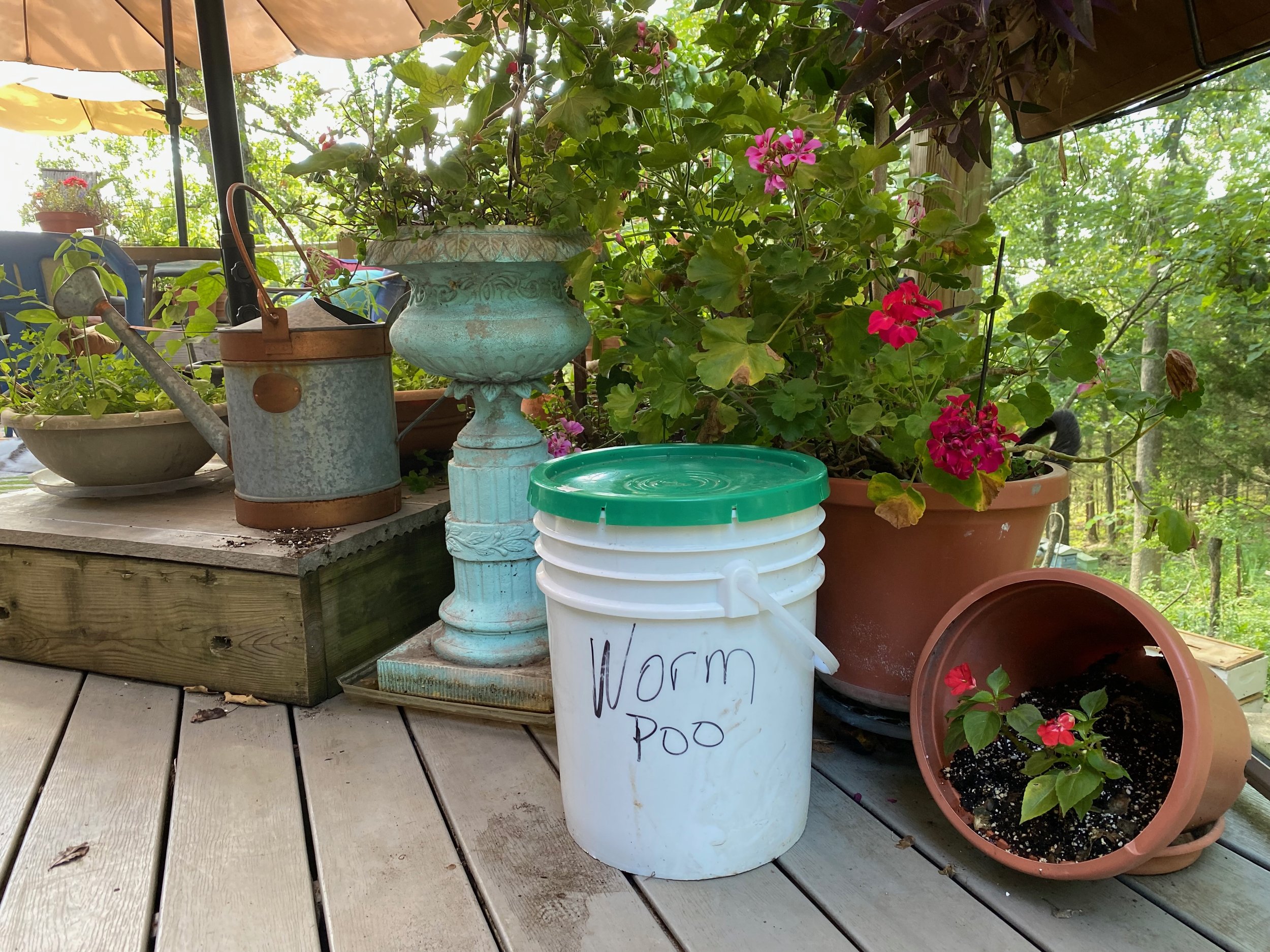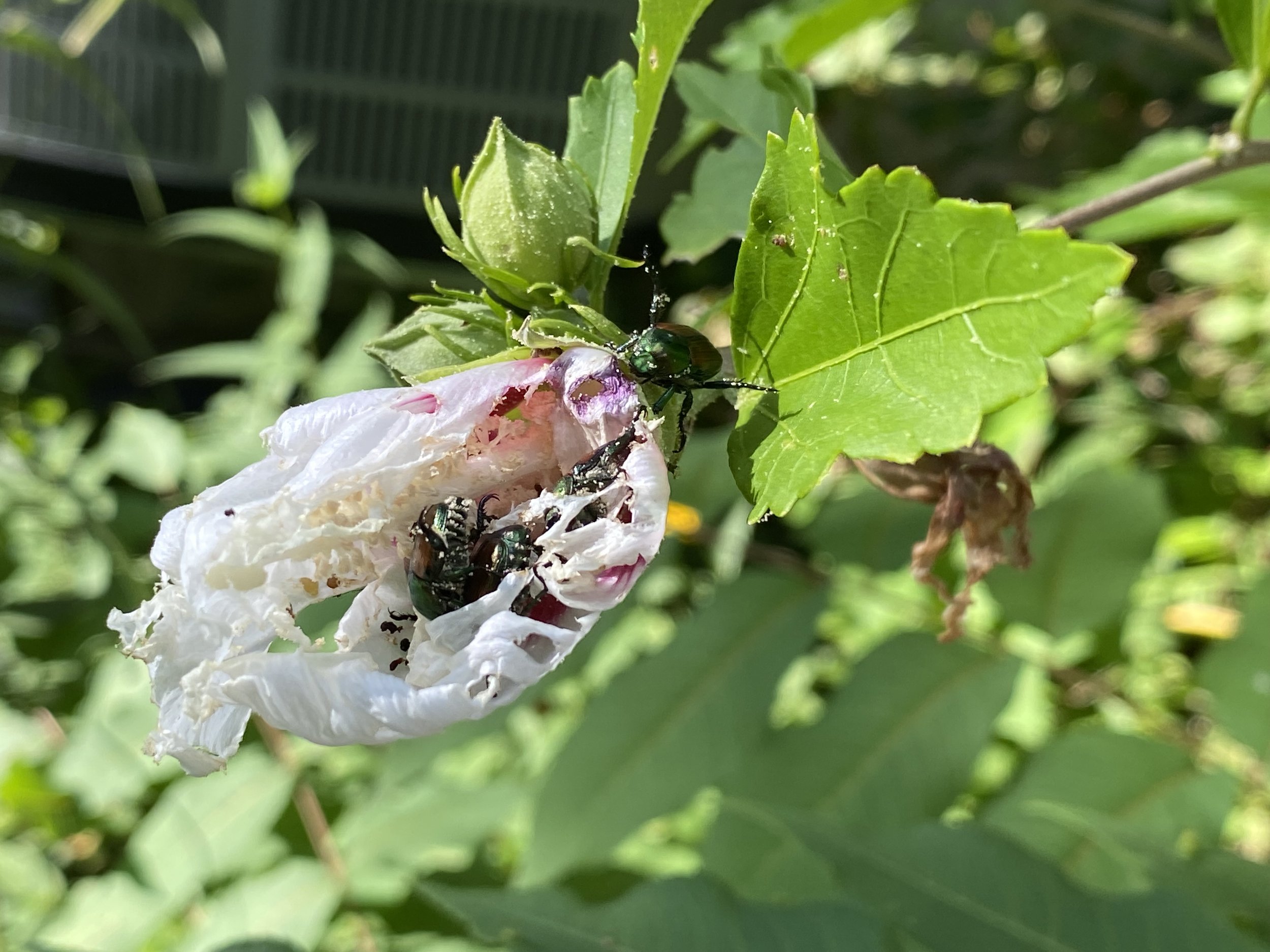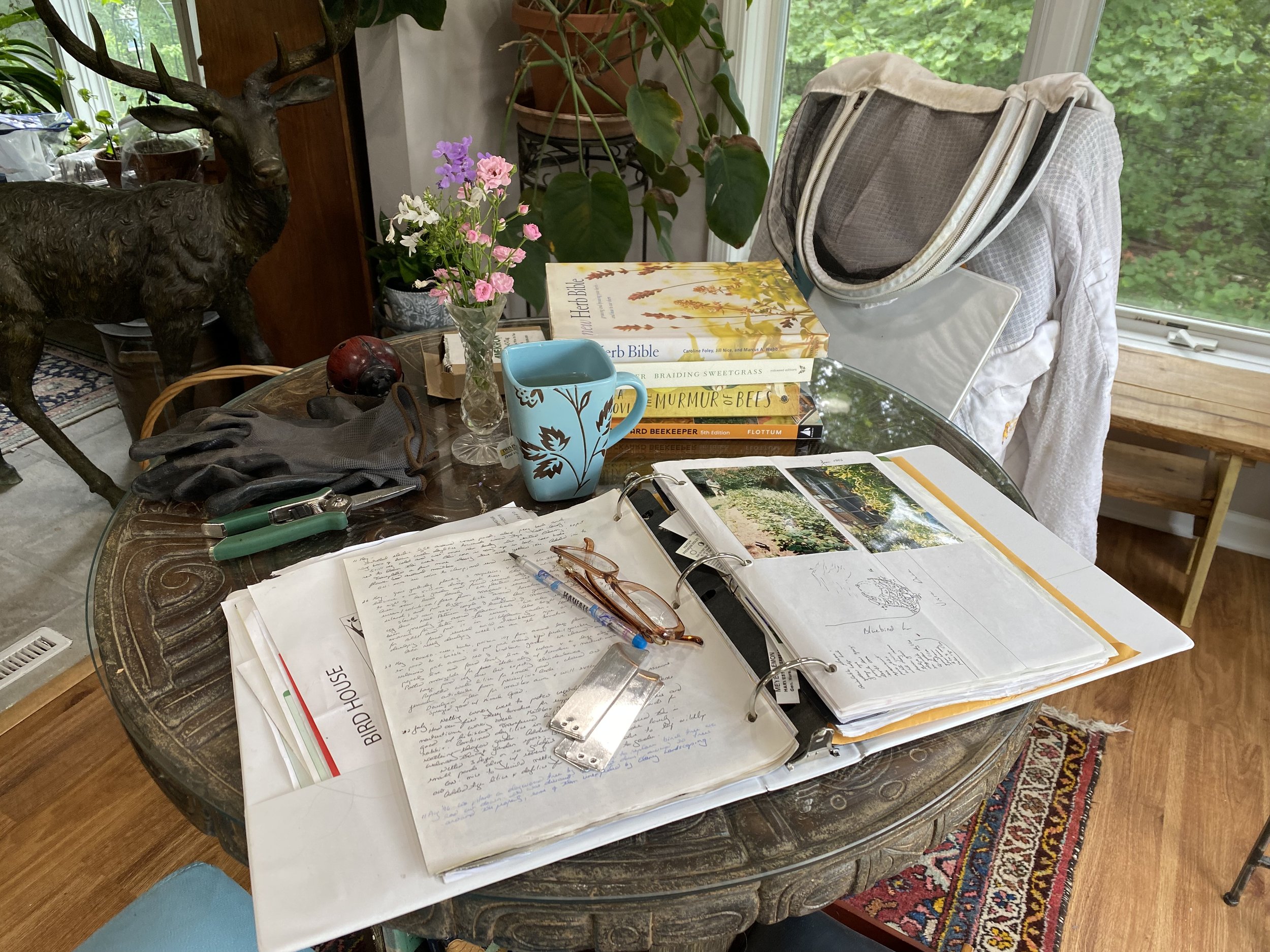Impatiens Patiently Blooming
/Even if I don't have impatiens any where else in my garden, I have some in this pot.
Impatiens Patiently Blooming
For someone who likes to say she doesn't plant many annuals in my Missouri hillside garden, I sure find myself writing about them. Maybe that's because the few I do have stay with me for a long time. I mean a VERY long time.
Take these pink impatiens. Even if I don't have impatiens any where else in my garden, I usually splurge on a sale and pick up a little start for this pot. It's always on it's side, that's the way I like it, as if it turned over one night and the flowers grew spilling out of it.
The year part of the garage was being repaired it was a contest between the contractor and I on who would get to the pot first. The contractor insisted on setting the pot straight, I would set it back on its side. Not sure the poor impatiens knew that year whether they were literally lying or sitting up straight.
This year, they bloomed beautifully outside and I didn't have the heart to leave the plants outside. Having an extra hanging basket available, I snuck the impatiens in the basket and gave them good diffused light in my dining room. Some years they do well with the transplant, other years they don't.
This year, they have been blooming continuously there ever since.
Pink impatiens have been blooming continuously inside ever since in a hanging basket.
With this kind of success, I will keep transplanting impatiens inside every fall and keep taking my chances.
Who wouldn't enjoy having these lovely flowers blooming inside all winter and maybe even take them back outside when all danger of frost is passed?
I have been lucky enough in the past to pull some impatiens through that far. Let's see how well I do with these.
Charlotte

